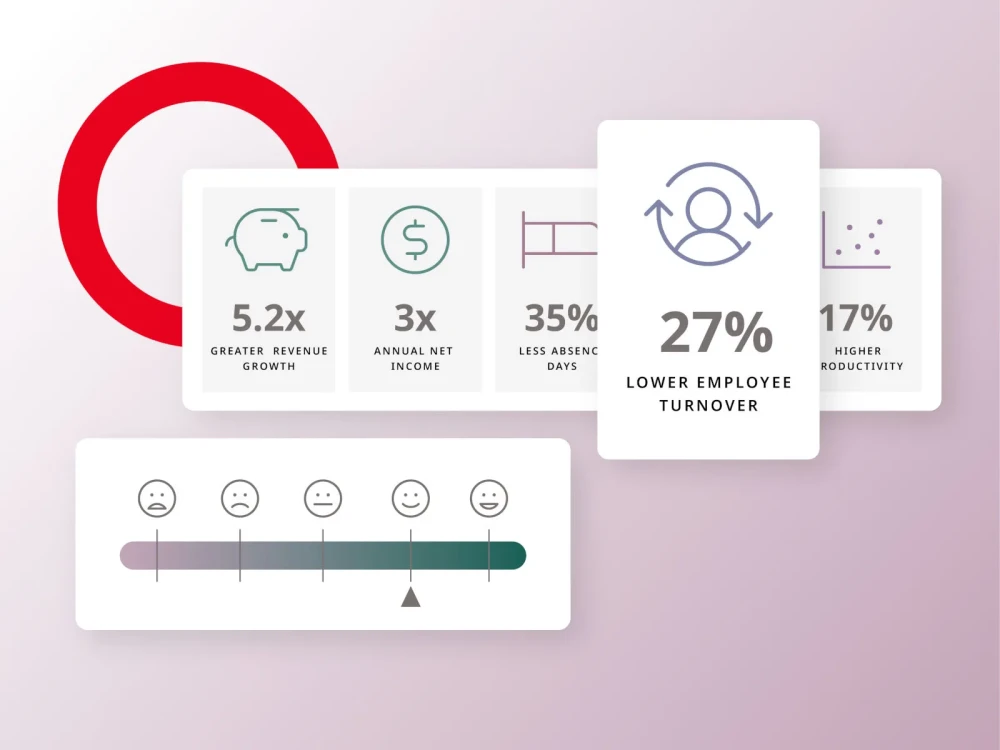In the dynamic world of digital business, crafting a roadmap for successful digital transformation is essential. This journey involves more than just adopting new technologies; it’s about rethinking existing business models and processes to thrive in the digital era. For the digital buyer, understanding the key steps in this roadmap is crucial for navigating the complexities of digital transformation effectively.
Digital transformation step 1: Understand your current digital landscape
The first step in any digital transformation journey is to thoroughly understand your current digital landscape. This involves assessing your existing technology, processes and digital capabilities. For a digital buyer, it’s crucial to identify what aspects of the current setup are working well and what areas require improvement or complete overhaul.
Digital transformation step 2: Set clear and achievable goals
Digital transformation should be goal-driven. Define clear, realistic objectives that align with your overall business strategy. These goals might include improving customer experience, increasing operational efficiency or driving innovation. For the digital buyer, setting these goals provides a focused direction for the transformation efforts.
Digital transformation step 3: Develop a strategic plan
Once goals are set, developing a strategic plan is the next step. This plan should outline the key initiatives required to achieve your digital transformation goals. It should consider technology adoption, process changes and people’s skills. For the digital buyer, the plan must also include timelines, budgets and key performance indicators (KPIs) to measure progress.
Digital transformation step 4: Engage your stakeholders
Digital transformation impacts all parts of an organization. Engaging stakeholders — from executives to front-line employees — is crucial. This engagement ensures buy-in and helps in understanding the impact of transformation across different departments. For the digital buyer, stakeholder engagement also means gathering valuable insights and addressing concerns that may arise during the transformation process.
Digital transformation step 5: Invest in the right technology
Choosing the right technology is a cornerstone of digital transformation. For the digital buyer, this means investing in technology that not only meets current needs but is also scalable and adaptable for future requirements. This could include cloud computing, AI, data analytics and other emerging technologies.
Digital transformation step 6: Foster a culture of innovation and agility
Digital transformation requires a cultural shift towards innovation and agility. Encouraging a mindset that embraces change, experimentation and continuous learning is vital. For the digital buyer, fostering this culture means promoting collaboration, encouraging new ideas and being adaptable to change.
Digital transformation step 7: Implement and managing change
Implementing the transformation plan requires careful management. This includes managing the technical aspects of the transformation as well as the people side of change. For the digital buyer, it’s important to ensure that the implementation is smooth, with minimal disruption to business operations.
Digital transformation step 8: Measure for success and adapt
Finally, measuring the success of your digital transformation efforts is key. Use the KPIs set in your strategic plan to assess progress. For the digital buyer, it’s also important to be flexible and ready to adapt the strategy as needed based on these measurements and changing market conditions.
Succeeding in digital transformation involves a series of strategic steps:
- Assess your current digital landscape: Begin by evaluating your existing technology, processes, and digital capabilities. Identify strengths and areas needing improvement.
- Set clear, achievable goals: Define specific objectives that align with your overall business strategy. These could include enhancing customer experience, boosting operational efficiency, or fostering innovation.
- Develop a strategic plan: Create a detailed plan outlining initiatives to achieve your goals. This should encompass technology adoption, process modifications, and skill development, complete with timelines, budgets, and key performance indicators (KPIs).
- Engage stakeholders: Involve all organizational levels, from executives to employees, ensuring their buy-in and understanding the transformation’s impact across departments.
- Invest in suitable technology: Choose technology solutions that meet current needs and are scalable for future growth, like cloud computing, AI, and data analytics.
- Foster a culture of innovation and agility: Cultivate an environment that embraces change, encourages experimentation, and values continuous learning.
- Implement and manage change: Carefully manage the technical and human aspects of the transformation, aiming for a smooth transition with minimal operational disruption.
- Measure success and adapt: Regularly assess progress using the set KPIs. Be prepared to adjust your strategy based on these metrics and evolving market conditions.
Conclusion
Building a roadmap for successful digital transformation is a complex but essential task for any digital buyer. By understanding the current landscape, setting clear goals, developing a strategic plan, engaging stakeholders, investing in the right technology, fostering a culture of innovation, managing implementation and measuring success, digital buyers can navigate this journey effectively and ensure their organizations thrive in the digital age.
For digital buyers embarking on this journey, start by assessing your current digital capabilities and setting clear goals. Remember, digital transformation is a continuous process of improvement and adaptation. Stay informed, be flexible and keep your eyes on the evolving digital horizon.






